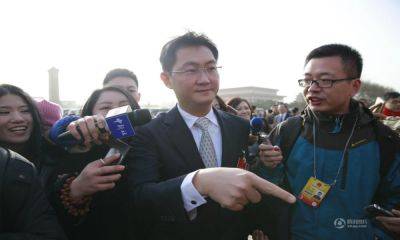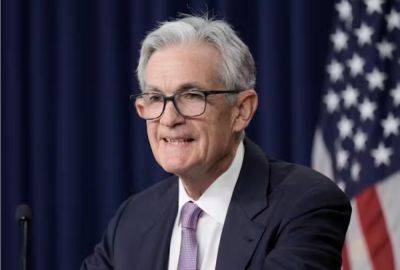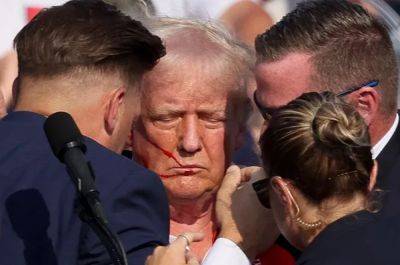All optics, no substance for the Quad?
This weekend, the four leaders of the Quad will once again convene, this time in US President Joe Biden’s hometown of Wilmington, Delaware. The summit will double as a send-off for two of the leaders – it will be one of Kishida Fumio’s last acts as Japan’s prime minister, while Biden will end his term four months after the gathering.
The Quad is an ambitious undertaking. As the four explained in the lengthy first leaders’ communique, it exists to promote “the free, open, rules-based order, rooted in international law and undaunted by coercion, to bolster security and prosperity in the Indo-Pacific and beyond”.
Described by policy wonks as a “minilateral” to distinguish it from the broader ranging multilateral regional institutions such as ASEAN and APEC, it brings together a small group of self-styled “like-minded” nations to advance a shared set of ambitions for the world’s most populous region.
First established in 2007, the Quad brought together the four partners to discuss shared security concerns prompted by China’s growing power. Its first version was driven primarily by Washington and Japan, with both Australia and New Delhi somewhat reluctant participants.
The grouping was essentially abandoned by its members in 2008. They saw little benefit in such explicitly anti-China coordination at a time when the PRC’s foreign policy remained cautious.
The Quad was brought back to life in 2017. The four now share a bleak assessment of Asia’s geopolitical circumstances. Xi Jinping’s China has an ambitious and assertive foreign policy that has unsettled the region and has prompted the four to dust off the Quad structure.
The first formal gathering was at the sidelines of the 2017 East Asia Summit. It then held a series of







